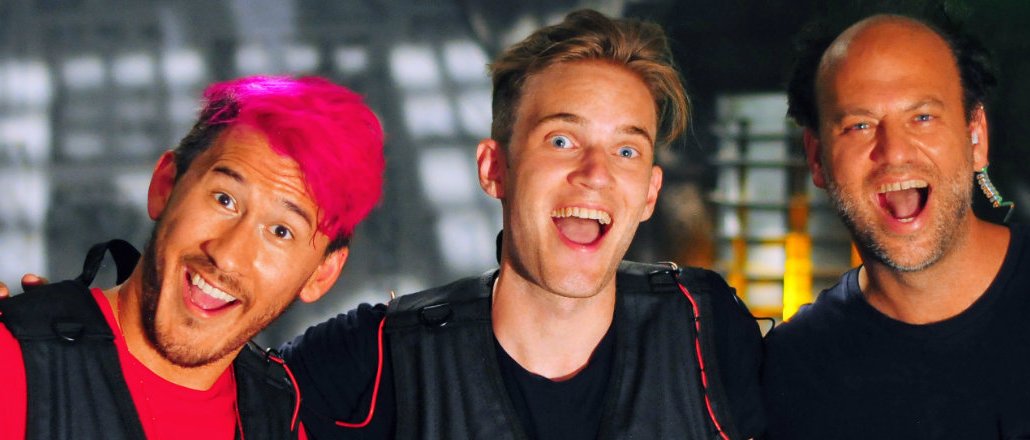Working with the Instagram and Snapchat elite isn’t easy for brands

Let’s say you’re a brand that wants to tap into social media influencers. Option A: Vine star Logan Paul, with 8.8 million followers. Option B: Snapchat wunderkind Michael Platco has 100,000 followers. Paul is paid as much as $80,000 per sponsored post on Vine. Platco has charged up to $60,000 for a campaign.
Knowing which is better and whether they’re worth it is a complete crapshoot in the still-wide-open world of influencer marketing, where pricing varies wildly, metrics are scarce and comparison between options nearly impossible. And social media stars are still stars, with their own inflated egos and tendency to worry about “selling out.”
“Many people still look at this as a form of celebrity endorsements,” said Justin Rezvani, CEO of influencer marketing platform TheAmplify, which has 1,200 creators in its network across all of the major social platforms. “You go to CAA, and they’ll say Robert De Niro costs this much because he’s Robert De Niro. Digital is trying to play in that world, and they can’t.”
Deals are still being negotiated based on number of followers, and yet not everyone is a PewDiePie or an iJustine who commands the attention of millions of fans. There are stars boasting big numbers who don’t deliver as much as those with smaller but more obsessed followings. According to Rezvani, 20 to 30 percent of the followers for top influencers are inactive or fake. And that’s strictly at the top, when looking at individual pieces of content, on average, only 50 to 60 percent of an influencer’s audience might see their post.
“Valuing them based on their audience is a misfire,” said Ian Schafer, CEO of Deep Focus. “If you’re buying someone with several million Instagram followers, a significant portion of those followers might just be fake accounts. People are buying that as absolute reach, so there’s an inherent inefficiency.”
This creates a problem around measurement, especially as influencer programs are not often sold with any guarantees on metrics like impressions and engagements. Unlike most paid media, the only guarantee brands have is that the influencer will post on their behalf. And the only way some campaigns are verified is through screenshots, which sometimes aren’t even available after the fact, according to one talent manager.
“While there is an expectation that the content will generate views and interaction, there are no hard numbers to hit because you want your program to feel authentic and natural,” said Chrissie Hanson, head of strategy, West Coast, for Mindshare. “If you force your influencers to do or say something, your audience may not respond well.”
Some brands combat this issue by inviting influencers to takeover and grow audiences for their own social channels. That’s what ABC Family did with Platco on Snapchat. In January, the network launched a Snapchat channel alongside a new season of its hit series “Pretty Little Liars.” It paid Platco to create his trademark art pieces and do commentary about the show as he watched it week to week. In three months, the channel added 800,000 followers.
A lack of standards around pricing and measurement isn’t the only issue affecting influencer marketing. The content isn’t also where it needs to be. The number of influencers advertisers can work with are growing by the day. In other words, it’s not hard to reach an audience anymore. The best work happens when brands actually collaborate with an influencer, and while there is a lot of lip-service from both sides toward that being the case, it actually isn’t. A lot of influencer marketing is still shilling.
“If you’re going to make something with an influencer, if he doesn’t care about the content, you might as well just buy a lot of pre-rolls,” said Schafer.
Image via YouTube
More in Marketing

WTF is the CMA — the Competition and Markets Authority
Why does the CMA’s opinion on Google’s Privacy Sandbox matter so much? Stick around to uncover why.

Marketing Briefing: How the ‘proliferation of boycotting’ has marketers working understand the real harm of brand blockades
While the reasons for the boycotts vary, there’s a recognition among marketers now that a brand boycott could happen regardless of their efforts – and for reasons outside of marketing and advertising – that will need to be dealt with.

Temu’s ad blitz exposes DTC turmoil: decoding the turbulent terrain
DTC marketers are pointing fingers at Temu, attributing the sharp surge in advertising costs across Meta’s ad platforms to its ad dollars.





